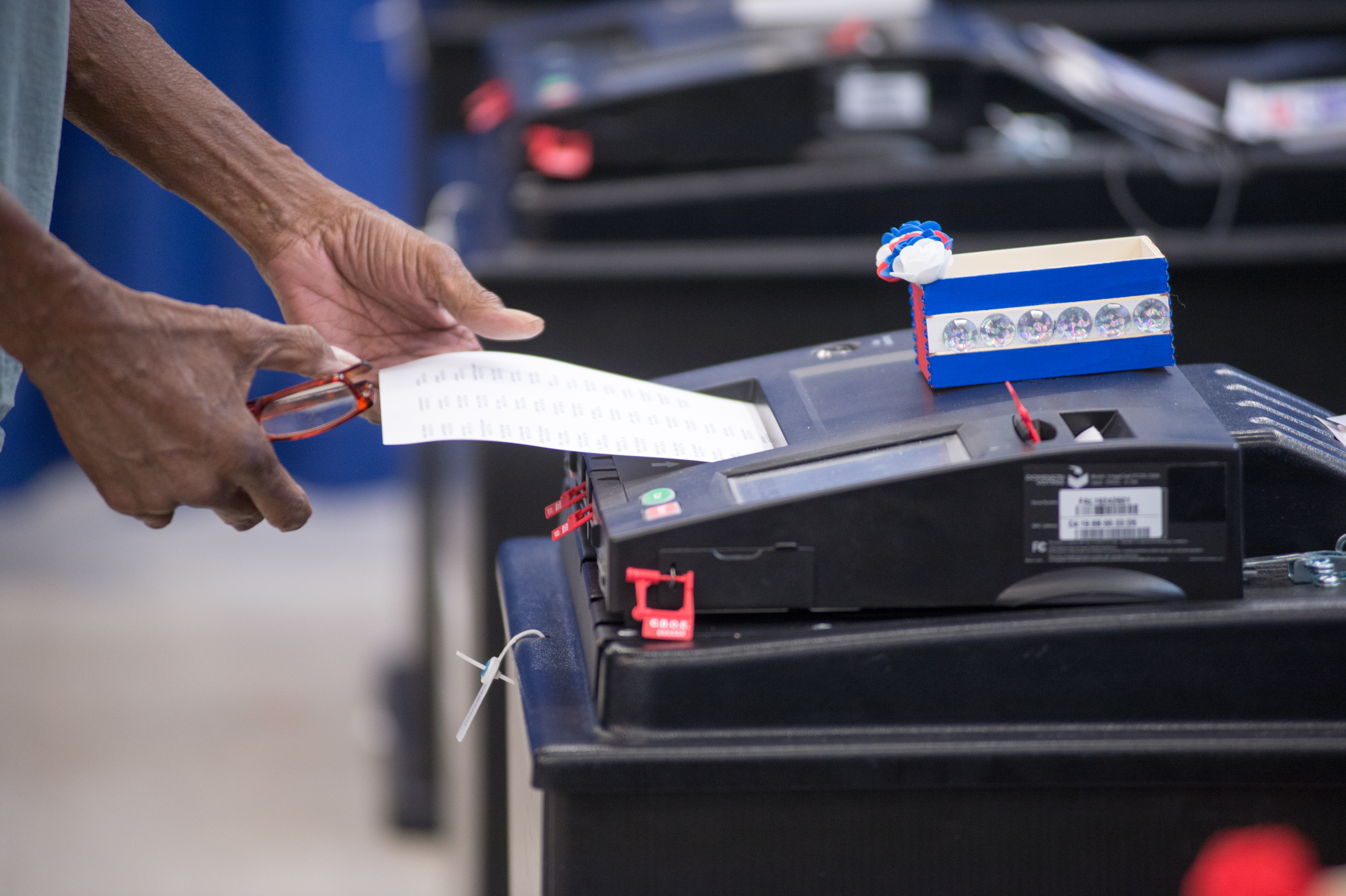Millions of birds are migrating south for the winter, with more than 50 million crossing the state overnight and tens of millions more expected to do so into Tuesday morning.
According to BirdCast, more than 51.2 million birds crossed Illinois between 6 p.m. Sunday and 7 a.m. Monday. Nearly 50 million were in flight over the state as of 11 p.m. Sunday, according to the data website.
These escalating numbers come as migrations southward are steadily increase, with peak numbers expected in coming days and lasting through the beginning of November.
According to EBird, a variety of warblers are traversing the state, including the Magnolia Warbler, the Black-Throated Green Warbler and the Tennessee Warbler.
Several species of thrushes, including the Gray-cheeked Thursh and the Swainson’s Thrush, typically cross Illinois at this time of year.
There are numerous ways residents and businesses can help birds as they migrate southward, including shutting exterior off lights in the overnight hours.
Local
Tall buildings are encouraged to turn off decorative lighting after 11 p.m., and to leave those lights off until daybreak, as birds typically migrate during the overnight hours to take advantage of cooler temperatures and gentler winds.
Tenants are also encouraged to turn off unnecessary lights within rooms, or to draw their blinds during the overnight hours. Those recommendations typically apply to buildings that are 20 or more stories tall.
Feeling out of the loop? We'll catch you up on the Chicago news you need to know. Sign up for the weekly Chicago Catch-Up newsletter.
Approximately 250 species of birds migrate across the city of Chicago in a given year, and most killed by collisions with buildings are smaller birds from the tropics, including warblers, thrushes and tanagers, according to the Audubon Society.
An estimated one billion birds are killed annually when striking windows in the United States and Canada. Birds are drawn to city lights, or can be disoriented by lights while in flight.
More information on how to protect migrating birds can be found on CornellLab’s website, or via the Chicago chapter of the Audubon Society.



